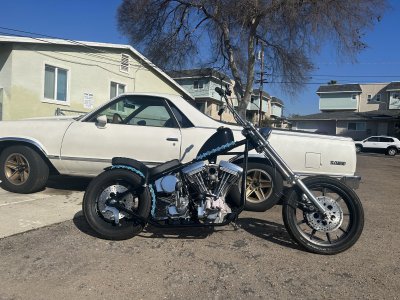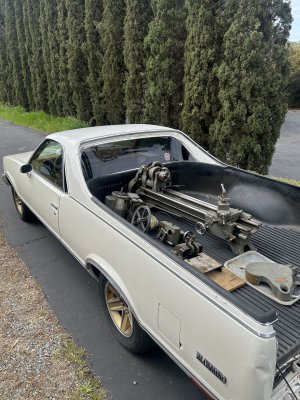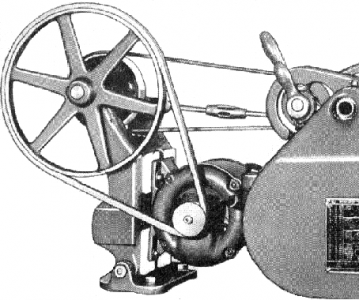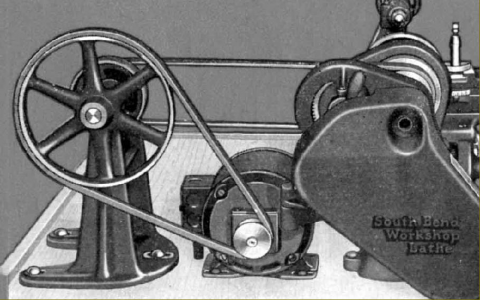Hey everybody. Just picked up what I though was a southbend 9c… but after getting it home and doing some research it seems to be a 1927 9” junior. I have a handful of questions I can hopefully get answered. This is my first lathe and entry into machining, so go easy on me haha.
The guy I got it from said the old timer he got it from converted it from 9” to 11”, and it looks like he raised the headstock on 1” blocks. Aside from the travel gained, Is there any real advantage to this? Is it a bad idea to leave it this way? Should I convert it back?
I have looked at many pictures of the 9” junior and it seems like maybe a couple other additions/modifications have been done if anyone can point those out for me? Is the compound correct for a 9 junior?
The motor/countershaft mount the previous owner had was super ghetto. I’d like to make and mount them in a cleaner and less sketchy way. question is, it seems like the counter shaft mounting points are not as common as the ones I regularly see in pictures. Are there any common mounting set ups for this style? Or just make something that makes sense?
I need to buy the correct v belt for the motor, but gotta wait to mount it before I take a measurement.
Included was a quick change gear box. It seems as though this box will not fit the 9” junior, as it is for a 9” workshop.
I’ll probably have a million more questions, but I think that’s it for now haha. Any help would be appreciated!
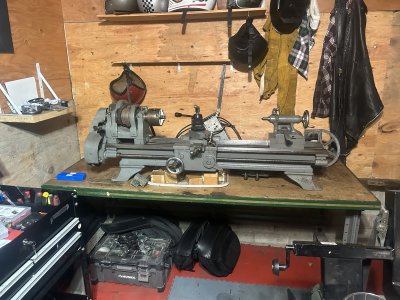
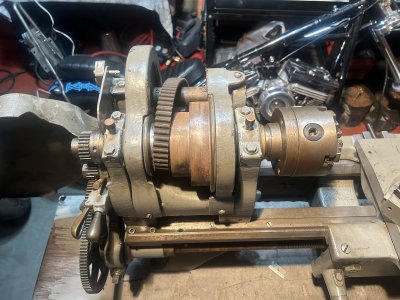
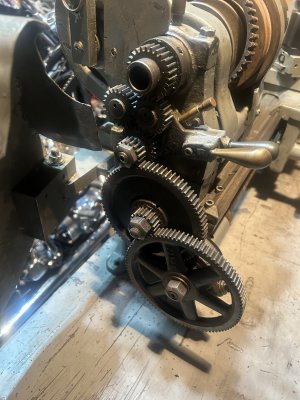
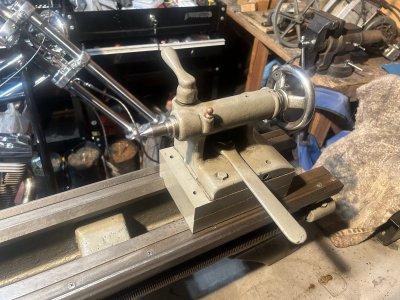
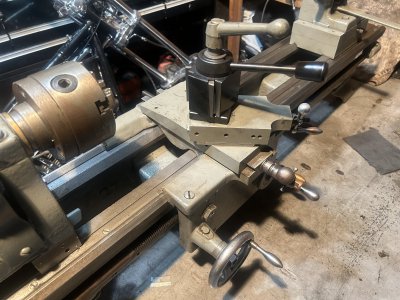
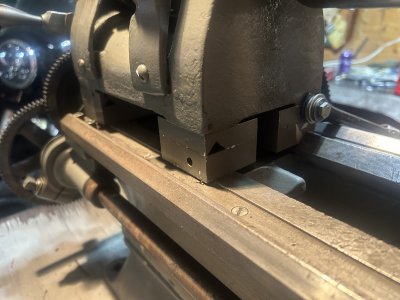
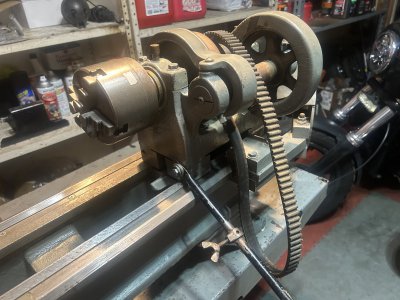
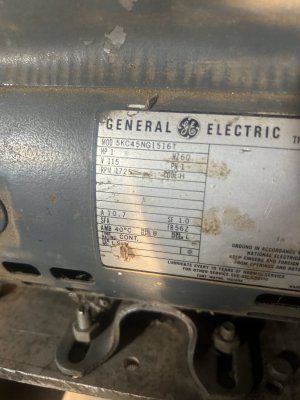
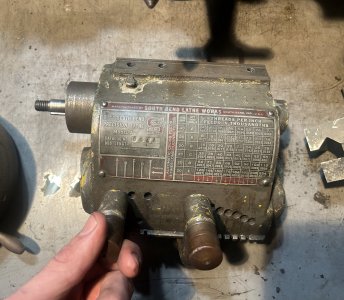
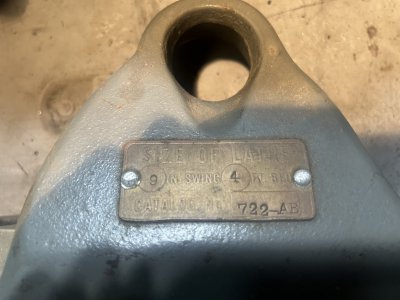
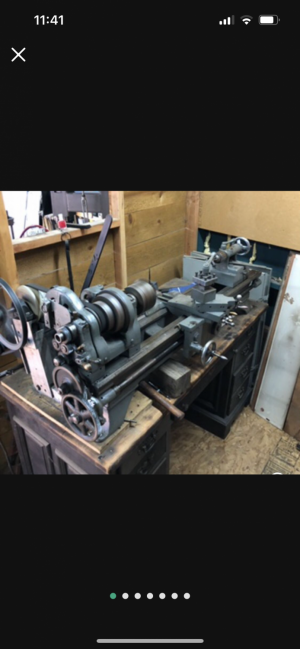
The guy I got it from said the old timer he got it from converted it from 9” to 11”, and it looks like he raised the headstock on 1” blocks. Aside from the travel gained, Is there any real advantage to this? Is it a bad idea to leave it this way? Should I convert it back?
I have looked at many pictures of the 9” junior and it seems like maybe a couple other additions/modifications have been done if anyone can point those out for me? Is the compound correct for a 9 junior?
The motor/countershaft mount the previous owner had was super ghetto. I’d like to make and mount them in a cleaner and less sketchy way. question is, it seems like the counter shaft mounting points are not as common as the ones I regularly see in pictures. Are there any common mounting set ups for this style? Or just make something that makes sense?
I need to buy the correct v belt for the motor, but gotta wait to mount it before I take a measurement.
Included was a quick change gear box. It seems as though this box will not fit the 9” junior, as it is for a 9” workshop.
I’ll probably have a million more questions, but I think that’s it for now haha. Any help would be appreciated!













